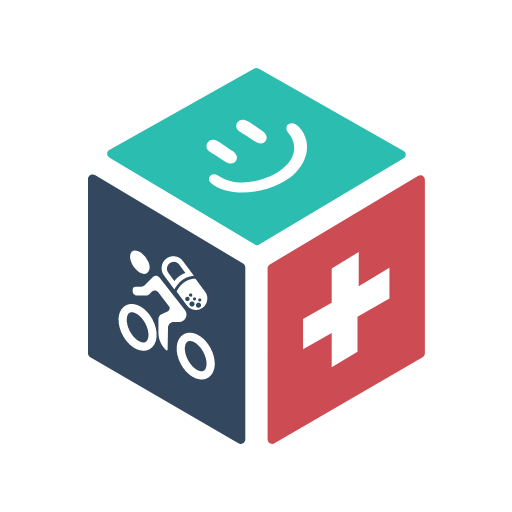Generic Information
HYDROXYZINE HYDROCHLORIDE
For symptomatic relief of anxiety and tension associated with psychoneurosis and as an adjunct in organic disease states in which anxiety is manifested. Useful in the management of pruritus due to allergic conditions such as chronic urticaria and atopic and contact dermatoses, and in histamine-mediated pruritus. As a sedative when used as premedication and following general anesthesia, hydroxyzine may potentiate meperidine and barbiturates, so their use in pre-anesthetic adjunctive therapy should be modified on an individual basis. Atropine and other belladonna alkaloids are not affected by the drug. Hydroxyzine is not known to interfere with the action of digitalis in any way and it may be used concurrently with this agent. The effectiveness of hydroxyzine as an antianxiety agent for long term use, that is more than 4 months, has not been assessed by systematic clinical studies. The physician should reassess periodically the usefulness of the drug for the individual patient.
Sedating Anti-histamine
Hydroxyzine, a piperazine derivative, blocks histamine H1-receptors on effector cells of the GI tract, blood vessels and resp. It is a sedating antihistamine w/ antimuscarinic and significant sedative properties. It also possesses skeletal muscle relaxing, bronchodilator, antiemetic and analgesic properties.
For symptomatic relief of anxiety and tension associated with psychoneurosis and as an adjunct in organic disease states in which anxiety is manifested: Adults: 50-100 mg q.i.d. Children under 6 years: 50 mg daily in divided doses Over 6 years: 50-100 mg daily in divided doses For use in the management of pruritus due to allergic conditions such as chronic urticaria and atopic and contact dermatoses, and in histamine-mediated pruritus: Adults: 25 mg t.i.d. or q.i.d. Children under 6 years: 50 mg daily in divided doses Over 6 years: 50-100 mg daily in divided doses As a sedative when used as a premedication and following general anesthesia: Adults: 50-100 mg Children: 0.6 mg/kg of body weight When treatment is initiated by the intramuscular route of administration, subsequent doses may be administered orally. As with all medications, the dosage should be adjusted according to the patient's response to therapy.May be taken with or without food.
Additive or may potentiate CNS depressant effects of opiates or other analgesics, barbiturates or other sedatives, and anaesth. MAOIs and TCAs potentiate antimuscarinic effects.
Hydroxyzine, when administered to the pregnant mouse, rat, and rabbit, induced fetal abnormalities in the rat and mouse at doses substantially above the human therapeutic range. Clinical data in human beings are inadequate to establish safety in early pregnancy. Until such data are available, hydroxyzine is contraindicated in early pregnancy. Hydroxyzine is contraindicated for patients who have shown a previous hypersensitivity to it.
Side effects reported with the administration of hydroxyzine hydrochloride are usually mild and transitory in nature. Anticholinergic: Dry mouth. Central Nervous System: Drowsiness is usually transitory and may disappear in a few days of continued therapy or upon reduction of the dose. Involuntary motor activity including rare instances of tremor and convulsions have been reported, usually with doses considerably higher than those recommended. Clinically significant respiratory depression has not been reported at recommended doses.
Pregnancy Category C. Either studies in animals have revealed adverse effects on the foetus (teratogenic or embryocidal or other) and there are no controlled studies in women or studies in women and animals are not available. Drugs should be given only if the potential benefit justifies the potential risk to the foetus. Nursing mothers: It is not known whether this drug is excreted in human milk. Since many drugs are so excreted, hydroxyzine should not be given to nursing mothers.
Symptoms: Excessive sedation, hypotension (rare). Management: Symptomatic and supportive treatment. Empty stomach immediately by inducing emesis or by gastric lavage. Admin IV fluids and norepinephrine or metaraminol if hypotension occurs.
Patient with porphyria, suffering from glaucoma, bladder outflow obstruction, decreased GI motility, myasthenia gravis, or dementia; with known predisposing factor to cardiac arrhythmia, including electrolyte imbalance, increased potential for convulsions, and pre-existing heart disease. Do not admin via SC, IV, or intra-arterial inj. Renal and hepatic impairment.
Store between 15-308 C. Protect from light.
